The Most Contagious Dog Diseases a Vet Wants You to Know About
Dog owners often worry about ticks or fleas, but contagious diseases can sneak in from much more ordinary places, like shared water bowls, city parks, and even your neighbor’s lawn. Some of the most aggressive illnesses start out looking harmless, with symptoms like little tiredness, a cough, maybe an upset stomach. But certain infections spread quickly, hit hard, and in some cases, put other pets and even people at risk.
Knowing what’s out there helps you spot trouble early and avoid unintentional exposure to others.
Parvovirus is Aggressive and Spreads Fast
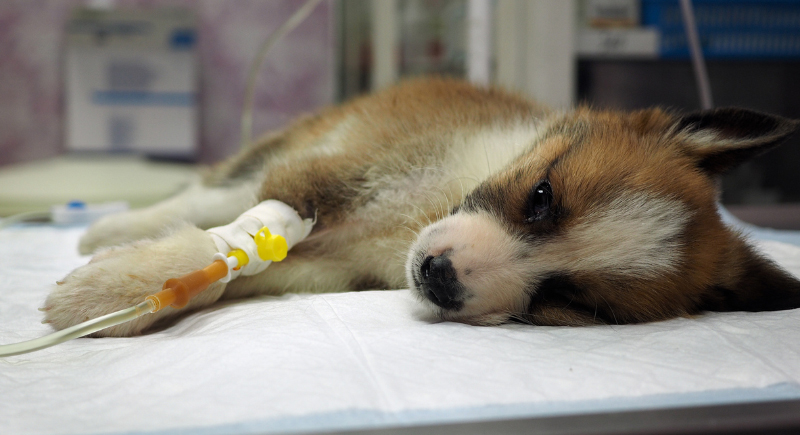
Credit: iStockphoto
Puppies are especially vulnerable to parvovirus, which spreads through contact with contaminated feces or surfaces. It wrecks their gut, leading to vomiting, diarrhea, and rapid dehydration. Treatment means hospital time and round-the-clock fluids. Bleach-cleaning your yard after exposure is essential, as the virus clings to everything.
Distemper Can Strike in Three Phases
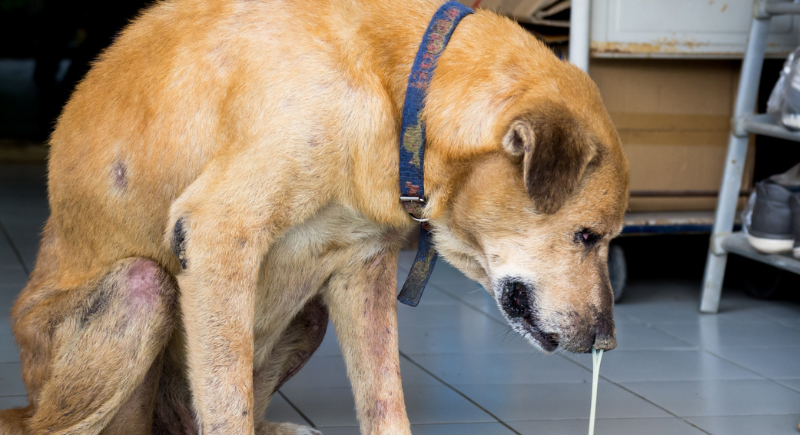
Credit: iStockphoto
Distemper spreads through respiratory droplets and affects multiple systems. It often begins with cold-like symptoms, progresses to gastrointestinal issues, and can end in seizures or death as it invades the nervous system. Though it’s rare these days thanks to vaccines, when it shows up, it means serious troubles, especially in dogs that never got their shots.
Leptospirosis Doesn’t Stay in the Wild
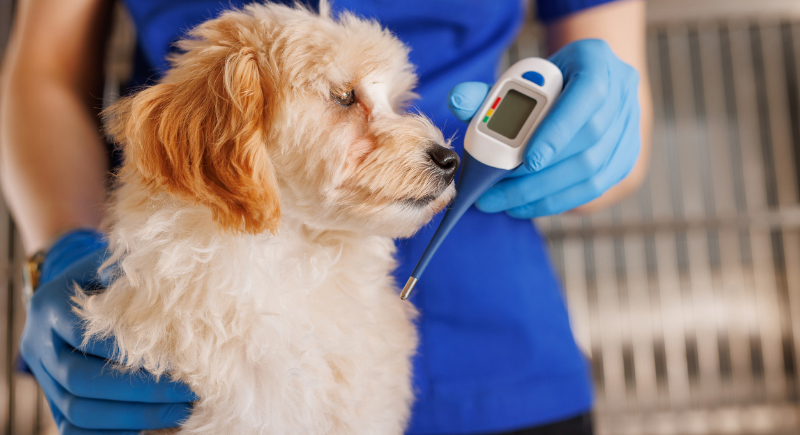
Credit: iStockphoto
Once a rural issue, leptospirosis now occurs in urban dog parks and alleys. It spreads via the urine of infected animals, such as rats, raccoons, and even squirrels. If your dog picks it up, you might see fever, yellow eyes, or worse, which may lead to kidney and liver problems.
Kennel Cough Has Multiple Culprits

Credit: pexels
Despite the name, your dog doesn’t need to check into a kennel to get this. A crowded sidewalk or a quick meet-and-sniff at the park is enough. Kennel cough causes a deep, hacking sound, kind of like a goose honk. Vaccines help, especially against Bordetella, but other germs can still sneak through.
Rabies Remains a Legal and Medical Priority

Credit: iStockphoto
Rabies is almost always fatal once symptoms appear. The virus spreads through bites and is most often carried by wild animals. Most states require rabies vaccination for dogs by law. Unvaccinated dogs that bite someone may face quarantine or euthanasia. Vaccination protects not just your dog, but also the humans around them.
Canine Herpesvirus Often Goes Unnoticed

Credit: iStockphoto
Most adult dogs catch CHV without missing a beat, but for newborn pups, it’s brutal. The virus thrives when body temperatures run low, which is exactly the case for very young puppies. They can fade quickly without even showing clear signs. Since there’s no U.S. vaccine, prevention comes down to keeping them warm and isolated.
Ringworm Isn’t a Worm at All
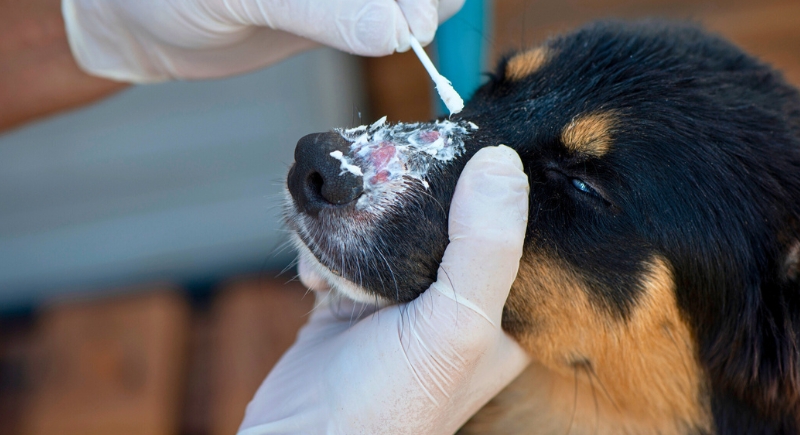
Credit: iStockphoto
Ringworm sounds like a parasite, but it’s actually a fungus. You might notice weird circles of hair loss or dry patches. Dogs catch it from other animals or even contaminated brushes. Kids can get it too. Treatment means antifungal meds and lots of laundry. Disinfecting is your new hobby.
Canine Hepatitis Targets the Liver
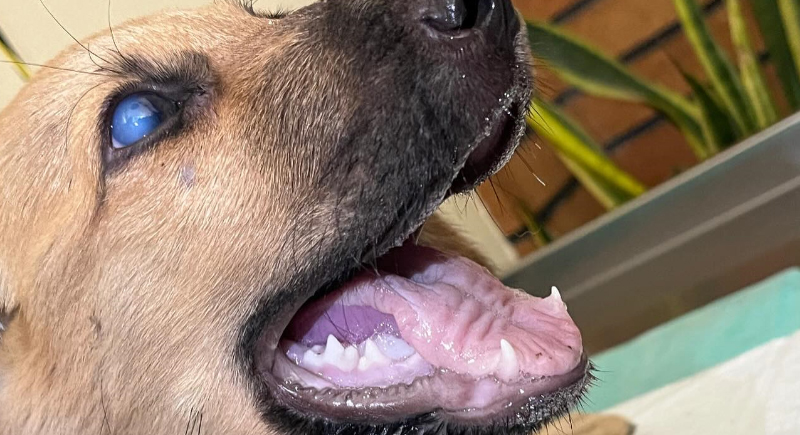
Credit: Instagram
Canine adenovirus type 1 spreads through saliva, urine, and other secretions. It damages the liver and can be fatal, especially in puppies that haven’t finished their vaccinations. The standard core vaccine protects against it and has made cases far less common today.
Coronavirus in Dogs Isn’t the Same as COVID-19

Credit: iStockphoto
Canine coronavirus is distinct from the human coronavirus family and mainly causes digestive issues like vomiting and diarrhea. It’s spread through respiratory secretions or fecal contamination. Some vets no longer vaccinate against it due to its typically mild symptoms and the effort to limit vaccine overload, though the virus itself still circulates.
Toxocariasis Hides in the Soil

Credit: Wikimedia Commons
Roundworm eggs can survive for years in dirt or sand where an infected dog once left waste. A dog may carry them without looking sick, but children who come into contact are at real risk. Eye damage and fever are the most serious outcomes. The best protection is simple: clean up after dogs and keep them on a deworming schedule.
Campylobacter Spreads Through Fecal Contact

Credit: Wikimedia Commons
You’d never guess something that looks fine could be carrying this bug. Campylobacter often lives in the guts of puppies, spreading through their poop, even when they seem healthy. If it jumps to humans, it causes unpleasant days of cramping and bloody diarrhea.
Tick-Borne Illnesses Can Hitchhike on Dogs

Credit: iStockphoto
Ticks aren’t picky. They’ll grab a ride on your dog, hide in the fur, and then head for your couch or your leg. Lyme disease and others can follow. Even if your dog shows no symptoms, the tick might still infect someone else. Preventatives help, but checking your dog after walks matters more than ever.
Salmonella Isn’t Just a Food Safety Issue

Credit: iStockphoto
Dogs can carry Salmonella without symptoms, especially if they’re fed raw diets or uncooked treats. The bacteria can live in their saliva and feces, posing a risk to humans. People with compromised immune systems or young children in the home should take extra precautions when handling food bowls, toys, or pet waste.
MRSA Can Jump Between Humans and Dogs

Credit: iStockphoto
Though better known in hospital settings, MRSA can pass from humans to dogs and vice versa. It usually causes skin infections, but in some cases, it can become serious. Infections may appear as slow-healing sores. It’s one of the few illnesses where a dog might get sick from its owner, so hygiene works both ways.
C. Diff Isn’t Just a Human Concern

Credit: iStockphoto
Clostridioides difficile, a common source of diarrhea in people, can also infect dogs. Transmission often occurs through contact with feces, contaminated surfaces, or during antibiotic use that disrupts gut bacteria. Dogs may not always show symptoms, but infected pets can still be carriers, especially in settings with vulnerable humans like hospitals or nursing homes.